Simple Ways to Resolve Audio Video Delay: A Beginner’s Guide
Advertisement
There’s nothing quite as frustrating as watching a video where the lips and words don’t match up. It’s distracting, it ruins the experience, and whether you're trying to follow a movie or attend an online class, it can make you want to give up altogether. The good news? Fixing the sync issue between audio and video isn’t as complicated as it seems. But before we get to the fixes, let’s talk about what’s going on behind the scenes.
Step-by-Step Fixes: Local Files, Streaming, and Devices
1. When You’re Watching a Downloaded or Local Video
If your video file is out of sync, the problem may lie within the file itself or the media player you're using.
Use a Better Media Player
Not all players handle video the same way. Some are better equipped to keep things synced.

- Try VLC Media Player. It’s free and works across systems. It also has shortcut keys to adjust the delay.
- Press J to delay the audio.
- Press K to speed it up.
- You can also go to Tools > Track Synchronization and manually tweak the delay settings.
Re-Encode the File
If the problem keeps coming back every time you open the same file, the issue might be permanent. Use a program like HandBrake or Avidemux to re-encode it and fix the sync during conversion.
Check File Integrity
Corrupted files or incomplete downloads can cause timing issues. If you suspect this might be the case, try downloading the file again or getting it from a different source.
2. When You’re Streaming Online
Watching YouTube, Netflix, or something similar? Streaming issues can get trickier because you're dealing with the internet, not just your device.
Pause and Let It Load
Sometimes, the delay is temporary and caused by buffering. Letting the video load for a bit might fix it.
Refresh or Reopen
Yes, it sounds basic, but a simple refresh can reset the sync. If that doesn’t work, close the tab or app and open it again.
Switch Browsers or Apps
Some browsers or apps handle video better than others. If it’s off in Chrome, try Firefox. If your Netflix app is acting up on your tablet, switch to a smart TV or laptop and check if the issue persists.
Check Internet Speed
Slow or unstable internet can mess with how audio and video are delivered. If you're on Wi-Fi, try moving closer to the router. Or switch to a wired connection for more stable playback.
3. When You’re Watching on TV or External Devices
If you're casting a video to a smart TV or using something like Apple TV or Chromecast, the delay might be between your source device and the output.
Check HDMI Cables and Ports
Loose or low-quality cables can cause sync problems. Try unplugging and reconnecting them or switching to a different HDMI port.
Use a Direct Connection
Wireless casting introduces a tiny delay that can build up. If you can, connect your device directly to the TV using a cable.
Adjust Audio Delay on TV
Most modern TVs have audio delay settings hidden in the sound menu. You can tweak the sync manually by setting a positive or negative delay until everything lines up.
Audio Sync Problems in Video Calls or Recordings
When you're on Zoom, Google Meet, or recording with OBS, sync issues are especially annoying—and can be embarrassing. They often show up during live situations, and the cause is usually a mix of processing delays and software lag.
For Video Calls
Close Background Apps
Heavy background processes can slow down your CPU and mess with timing. Shut down any programs you're not using.
Check the Audio Input Source
If your mic and camera are connected through different devices (like an external webcam and a Bluetooth mic), latency differences can appear. Try using a single source or match devices that are built to work together.
Update the Software
Make sure your video call app is up to date. Developers often patch these issues in newer versions.
Switch to Wired Equipment
Wireless devices are more prone to delays. Use wired earphones and microphones when possible.
For Recordings
Sync in Editing
If the recording already has sync issues, fix it during editing. Most video editors like Adobe Premiere Pro or DaVinci Resolve let you slide the audio track forward or backward until it matches the visuals.
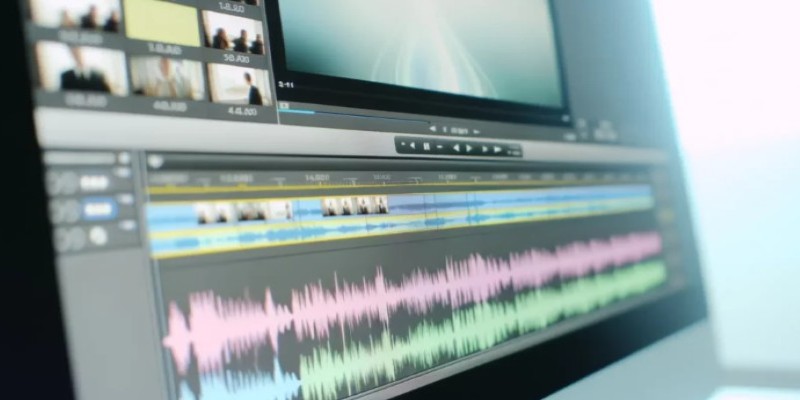
Test Before Recording
Always do a quick sync check before hitting the record. Clap your hands or snap your fingers and check if the sound matches the action in your preview.
How to Prevent It from Happening Again
Fixing the issue is great. Preventing it from showing up in the first place? Even better.
- Keep Drivers Updated: Outdated audio or video drivers can cause a delay.
- Restart Regularly: Letting your device run for days without restarting can lead to memory issues that affect playback.
- Use Quality Equipment: Especially for recording, low-end mics and webcams tend to have sync issues.
- Keep Software Updated: Apps, media players, and browsers improve over time. Let them update.
Wrapping It Up!
When audio and video fall out of sync, the experience becomes more frustrating than enjoyable. But most of the time, the fix is within reach. Whether you're streaming, watching a downloaded file, or recording something yourself, all it takes is a bit of trial and error to line everything up again. And once you've dealt with it a few times, you’ll know exactly where to look the next time something sounds off. Hope you find this piece of information worth reading. Stay tuned for more useful yet interesting guides.
On this page
Step-by-Step Fixes: Local Files, Streaming, and Devices 1. When You’re Watching a Downloaded or Local Video Use a Better Media Player Re-Encode the File Check File Integrity 2. When You’re Streaming Online Pause and Let It Load Refresh or Reopen Switch Browsers or Apps Check Internet Speed 3. When You’re Watching on TV or External Devices Check HDMI Cables and Ports Use a Direct Connection Adjust Audio Delay on TV Audio Sync Problems in Video Calls or Recordings For Video Calls Close Background Apps Check the Audio Input Source Update the Software Switch to Wired Equipment For Recordings Sync in Editing Test Before Recording How to Prevent It from Happening Again Wrapping It Up!Advertisement
Related Articles

WeVideo: A Browser-Based Video Editor That Actually Makes Life Easier

Google Calendar Appointment Scheduling: Step-by-Step Guide

VideoShow Review: A Mobile Editor for Quick, Casual Projects
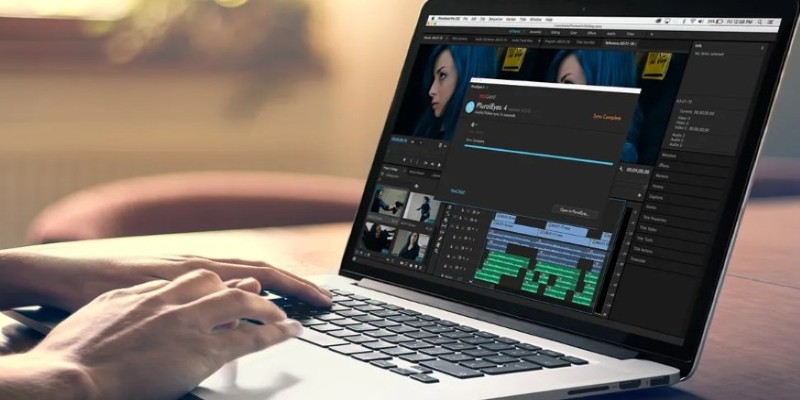
Simple Ways to Resolve Audio Video Delay: A Beginner’s Guide
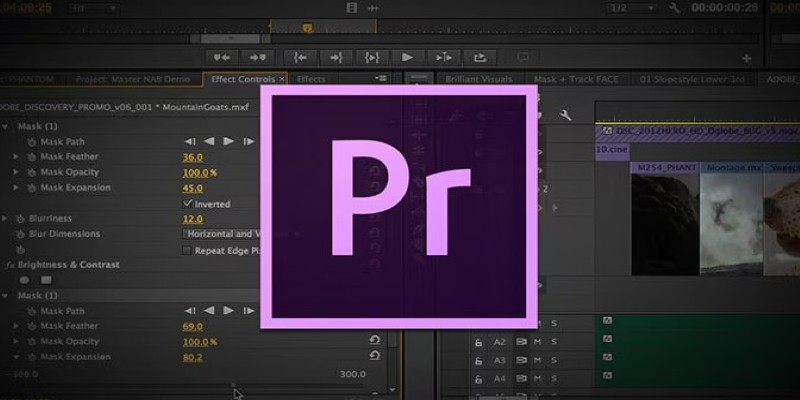
How to Easily Create Smooth Slow-Motion Videos in Adobe Premiere
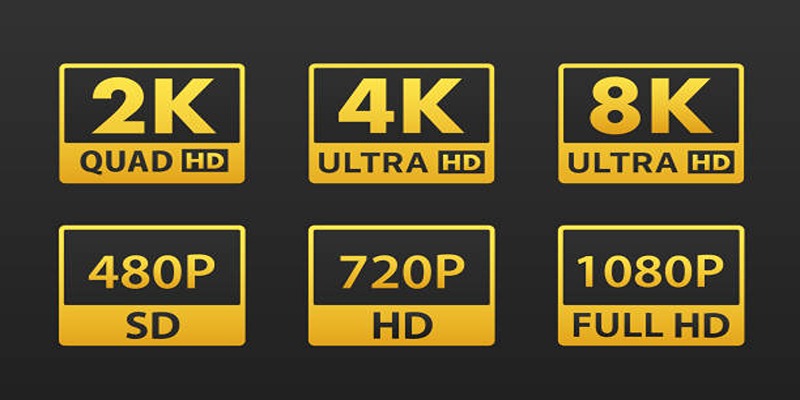
4K UHD vs 1080p Resolution What You Need to Know
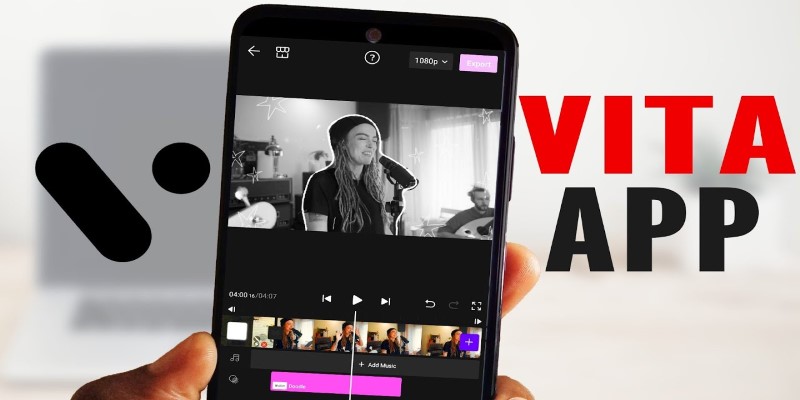
VITA App: A Clean, Capable Video Editor for Quick and Stylish Content
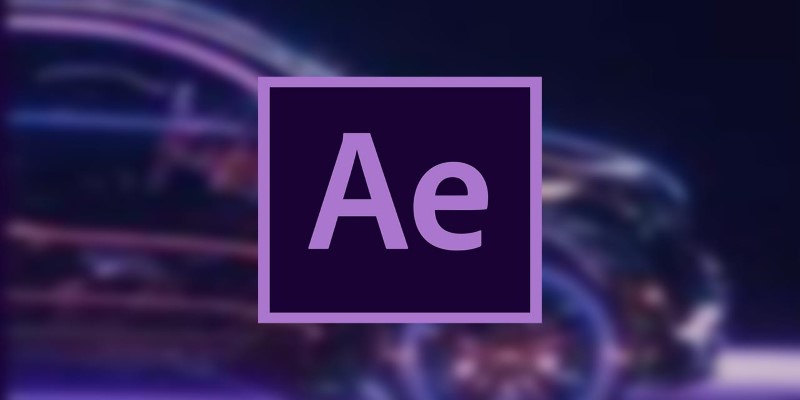
How to Reverse Video Footage in After Effects and Best Alternatives
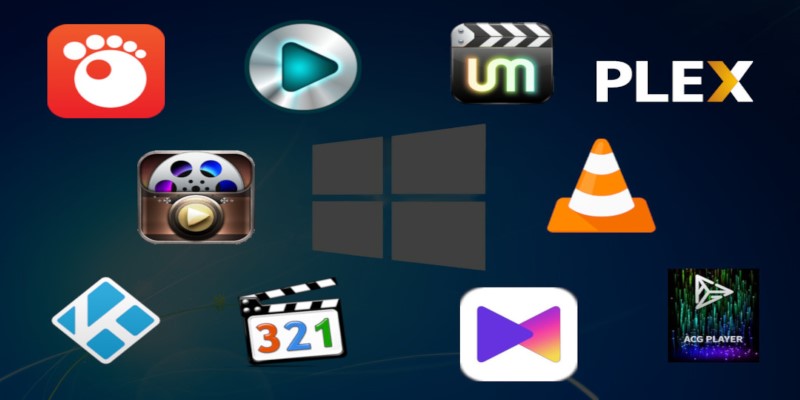
10 Popular MOV Players to Use on Your Windows
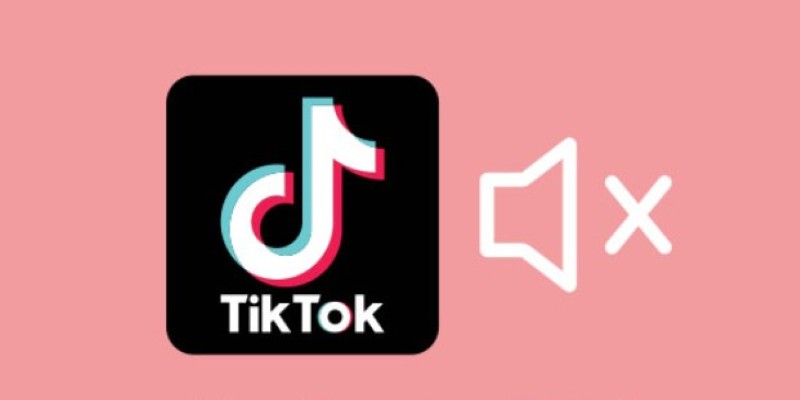
InShot Review: The Go-To Video Editor for Quick, Polished Social Content
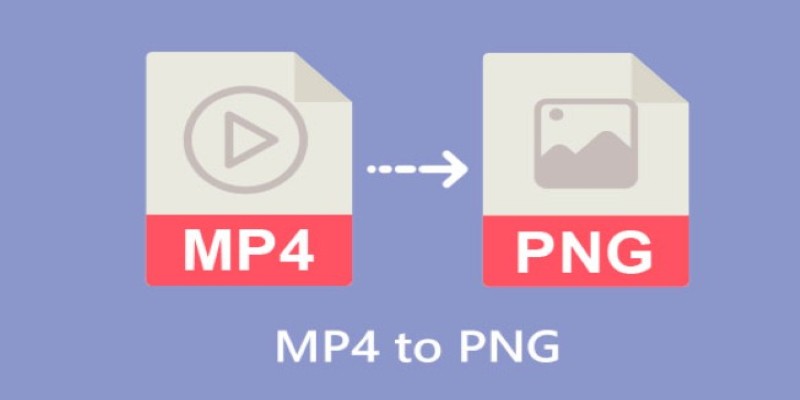
CapCut: The No-Nonsense Video Editor That Speeds Up Your Content Game

 novityinfo
novityinfo